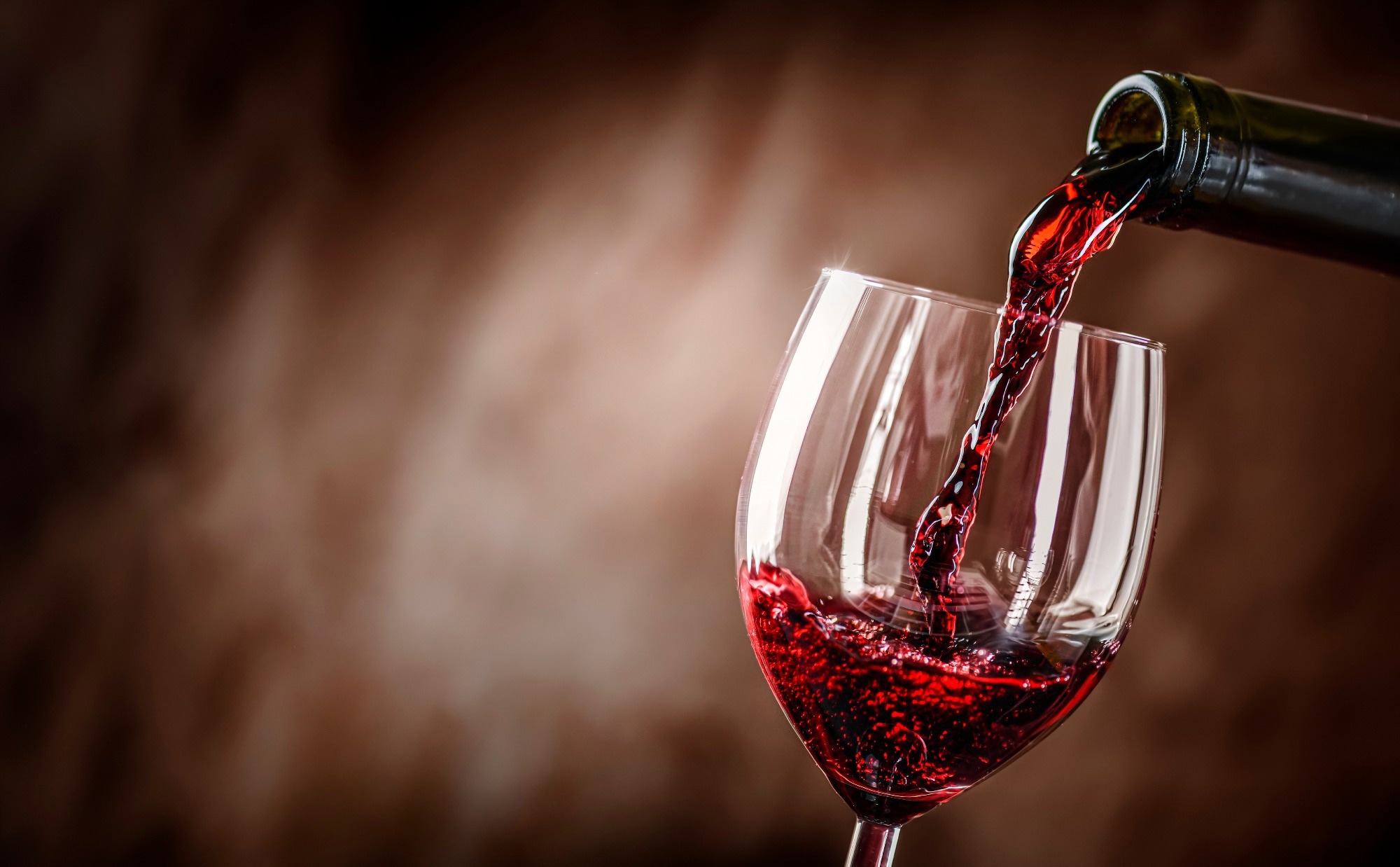From deciphering wine language to predicting quality with near-expert precision, artificial intelligence is reshaping the future of wine evaluation while raising critical questions about the balance between tradition and technology.
 Image Credit: Krasula / Shutterstock
Image Credit: Krasula / Shutterstock
Recent research published in the Harvard Data Science Review reveals how artificial intelligence (AI) is revolutionizing the centuries-old practice of wine evaluation, with implications for both the industry and consumers.
SMU researcher Jing Cao has been conducting research in wine economics since the early 2010s, publishing over ten scholarly papers in the field. Her contributions, ranging from early statistical modeling of wine tasting data to advanced AI-driven wine language modeling, have earned her the distinction of being the only statistician elected as a fellow of the American Association of Wine Economists.
"I have been doing wine data analysis for over ten years," said Cao, who was recently selected as an American Statistical Association Fellow and serves as director of Graduate Studies and chair-elect in the Department of Statistics and Data Science. "Some winemakers want to keep the traditional analysis process without any changes, but that is wishful thinking. AI algorithms will continue playing an increasingly important role in every stage of the process."
AI's role in the wine industry comes against the backdrop of research showing inconsistencies in human wine judging. Studies from the California State Fair Commercial Wine Competition found that fewer than 10% of judges consistently evaluated identical wines with different labels.
In the first paper, Cao provides a survey of AI systems on how AI is reshaping wine evaluation, pouring new possibilities into the consumer experience:
- Predict wine quality based on chemical parameters with accuracy matching expert ratings
- Generate wine reviews indistinguishable from those written by human experts
- Identify individual taste profiles after as few as five ratings
- Pass sommelier theory tests without ever tasting wine
Decoding Wine Language with AI
A second paper, published by Cao and her student, Chenyu Yang, introduces the attention-based multiple instance classification model (AMIC), which specifically identifies the words that determine a wine's quality rating. The AI interprets wine-specific vocabulary and distinguishes that descriptors such as "stained," "carpet," and "fabric" are actually positive indicators of quality in wine reviews.
At the same time, words like "quick," "breezy," and "easygoing" typically signal less sophisticated wines. This capability highlights how wine review language operates with unique sentiment indicators that diverge significantly from conventional everyday speech patterns.
The AMIC model achieved 89.26% accuracy while providing transparent explanations, a feature that many "black box" AI systems lack. By combining word embedding, multiple instance classification, and self-attention mechanisms, the AI tool identifies specific sentiment words and their context-dependent meanings, allowing users to understand precisely how classifications are made. Its process demonstrates that AI systems can deliver both high performance and interpretability, addressing a critical need for transparency in automated decision-making.
Wine Economics Through the Decades
Complementing this technical work, Cao and colleague Karl Storchmann provide a historical perspective in a third paper by tracing the field's development since the 1980s and examining three major research areas: wine as a financial investment, climate change impacts on production, and expert opinion's influence on market prices.
"Through our research, we've seen how AI can now analyze the relationship between weather conditions and wine quality with greater accuracy than traditional methods," says Cao. "These techniques build upon pioneering work by economists who first applied quantitative methods to wine evaluation decades ago."
While AI promises greater consistency and personalization, Cao's research raises thoughtful questions about its future use: Should we surrender the process of making, choosing, and tasting wine to AI, or merely place AI in a supporting role? We might prefer to use our senses to compare, smell, and taste wines, enjoying the surprises or disappointments as part of the complete experience of wine consumption.
For wine enthusiasts, investors, and industry professionals, the research suggests a future where AI assists without replacing the human connection to wine, striking a balance that honors tradition while embracing innovation.
Source:
Journal references: